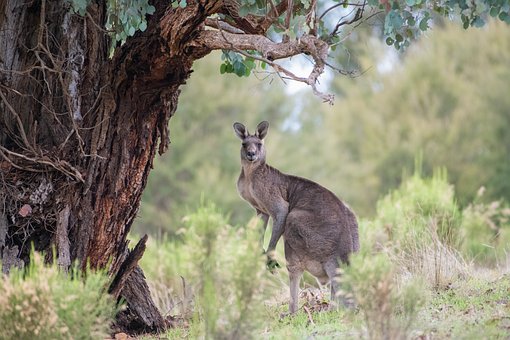Kangaroos are one of the most recognizable and beloved animals in Australia. They are known for their distinctive hopping gait, muscular legs, and iconic pouches. In this article, we will explore the biology, behavior, and cultural significance of kangaroos, and gain a greater appreciation for these amazing marsupials.
- Adaptations
Kangaroos have many adaptations that allow them to thrive in their unique environments. Their strong legs and powerful tails help them to move quickly and efficiently across long distances, while their specialized teeth allow them to grind down tough vegetation. Additionally, female kangaroos have pouches that provide a nurturing environment for their young, known as joeys.
- Social Structures
Kangaroos have complex social structures, with males often competing for dominance and mating opportunities. Females tend to live in groups known as mobs, which are led by a dominant female. Kangaroos communicate with each other through a variety of vocalizations, postures, and scent marking.
- Cultural Significance
Kangaroos have played important roles in Australian culture and folklore for centuries. They are often used as symbols of Australian identity and have been featured in literature, art, and film. In addition, kangaroo meat is a popular food source in some parts of Australia.
- Conservation Status
While kangaroos are not currently listed as endangered, they do face threats such as habitat loss and hunting. The commercial kangaroo meat and leather trade is also a controversial issue, with concerns raised about the sustainability and welfare of kangaroo populations.
- Ecological Importance
Kangaroos play an important role in their ecosystems, serving as both herbivores and prey for predators such as dingoes and eagles. Their grazing can also have significant impacts on the vegetation and soil in their habitats.
In conclusion, kangaroos are fascinating and unique animals that have captivated people around the world for centuries. By understanding their biology, behavior, and cultural significance, we can appreciate and protect these amazing marsupials for generations to come.








